Masashi & Masayuki’s Mediocre Mononoke
DIRECTED BY: MASASHI ANDO & MASAYUKI MIYAJI/2021
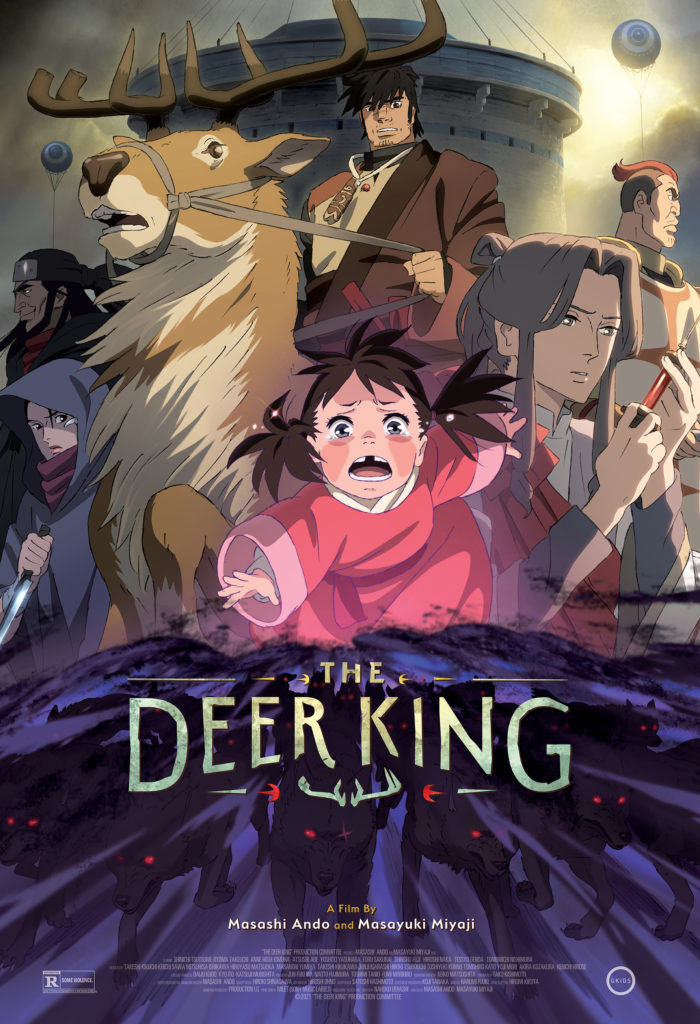
Princess Mononoke is one of the greatest animated films of all time. An achievement of animated storytelling, marrying gorgeous traditional animation and thoughtfully crafted layouts seamlessly with computer generated effects. All in service of a rich narrative that carefully balances its worldbuilding and thematic substance to craft a truly singular, lived-in historical fantasy without sacrificing its own narrative in service of needless exposition.
I bring this up, because there is a sense that 2021’s The Deer King very much lives in the shadow of Princess Mononoke. The feature directorial debut of longtime animator and animation director Masashi Ando – who himself served as a character designer and animation supervisor on Princess Mononoke – borrows aesthetic elements and certain narrative beats from the Ghibli classic, but these only serve to further highlight its failings. Many of which can likely be laid at the feet of the film’s other director, Masayuki Miyaji, a fellow Ghibli alumnus with far more experience in the director’s chair, best known for helming a number of series with gorgeous visuals, fascinating worlds, awkward pacing, and lackluster narratives. The Deer King continues this trend, fitting right in with works like Fusé: Memoirs of a Huntress and Xam’d, though never manages to be quite so aesthetically appealing as those titles.
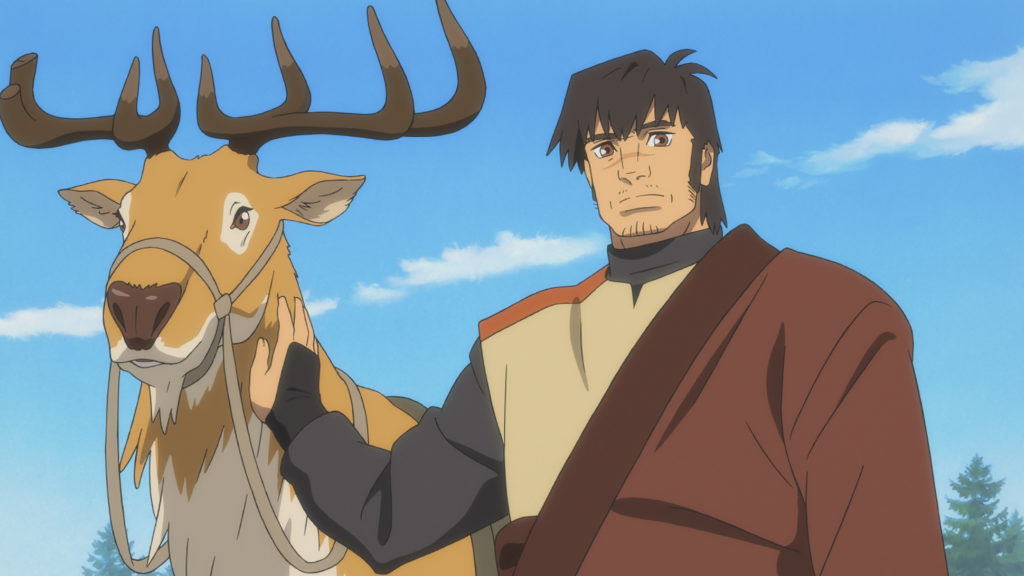
The story of The Deer King is set in a world of feudal states, not dissimilar to the Muromachi setting of Princess Mononoke, albeit with a fair few more fantastical flourishes to divorce it from a specific historical context. The Empire of Zol seeks to subjugate the Aquafa people, and is approaching their last bastion, the Fire Horse Territory, when suddenly Zol-controlled territories begin to be attacked by packs of black wolves, spreading a disease called Black Wolf Fever that seems to kill all who contract it.
The film proper opens on one such attack, at a Zol controlled-mine, as a warrior-turned-slave named Van is bitten while trying to protect a little girl as she is similarly bitten. Instead of contracting the disease, however, he is granted incredible strength, and is able to free himself from his bonds, adopting the girl – Yuna – as his daughter. The pair seek out a peaceful life for themselves with a kind family in the countryside, only to find themselves dragged into the conflict between Aquafa and Zol when Yuna is kidnapped by the black wolves. Joined by Hohsalle, a doctor hoping to cure the Black Wolf Fever, and the mysterious Aquafan tracker Sae, Van goes on a journey to rescue his adopted daughter and the learn just how he was able to survive the wolf’s bite, and the secret behind the strength it grants him.
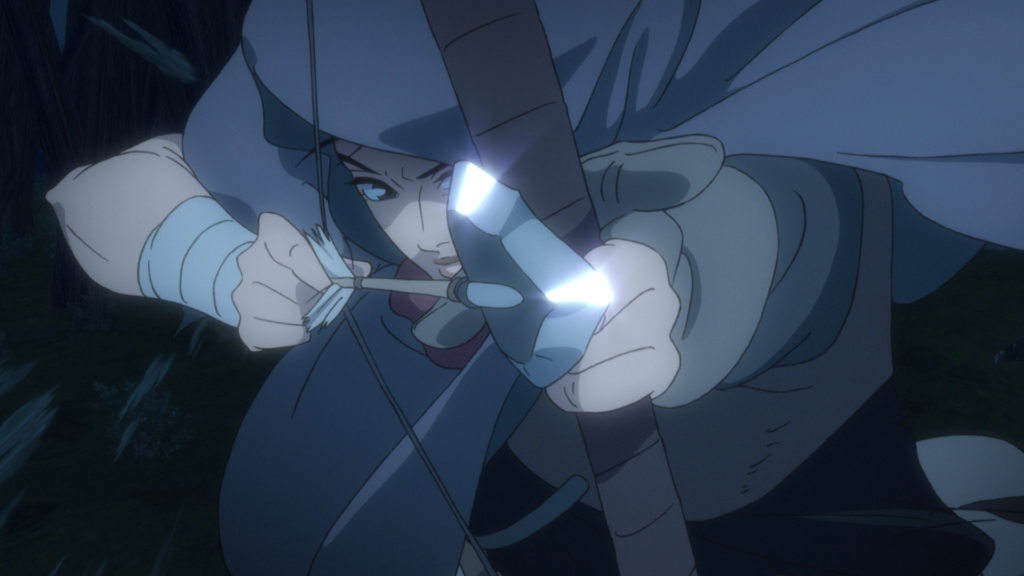
While this certainly sounds like a solid setup for an enjoyable fantasy piece, it fumbles in a number of areas. Much of the first hour is dedicated to exposition, leaving us little time with Yuna and Van as far too much attention is paid to the conflict between Aquafa and Zol, the situation with the black wolves, and Hohsalle’s mission. What little time we get with Yuna and Van is pleasant, easily the highlight of the film, largely eschewing the needless expository dialogue and fantasy jargon for moments between the mismatched pair as they grow closer, while also offering hints of their past and the nature of the curse. Once they are separated following Yuna’s kidnapping, the film slows to a crawl. The interactions between Van and his traveling companions are nowhere near so compelling as the time he spends with Yuna, and the larger conflict between the Aquafa and Zol seems so muted, the greater threat never really emphasized despite the film wasting so much time on it.
The Deer King has a frustrating tendency to over-explain itself, which may be its most significant failing when compared to Princess Mononoke. Aside from the aforementioned issues with its clumsy worldbuilding at the start, its need to explain the eventual cure for the Black Wolf Disease, it’s strange handling of the mystical elements and a seeming need to link the natural and spiritual worlds back to a human core, which only undercuts potentially positive readings of its already thin thematic material. While it doesn’t have to reach the lofty heights of Princess Mononoke in terms of depth, it mostly just ends up implying that nature needs a master to subjugate, or at the least shepherd it. While this would be more frustrating in a film that placed greater focus on its ideas, here it’s more the disappointment cherry atop a largely flavorless sundae.
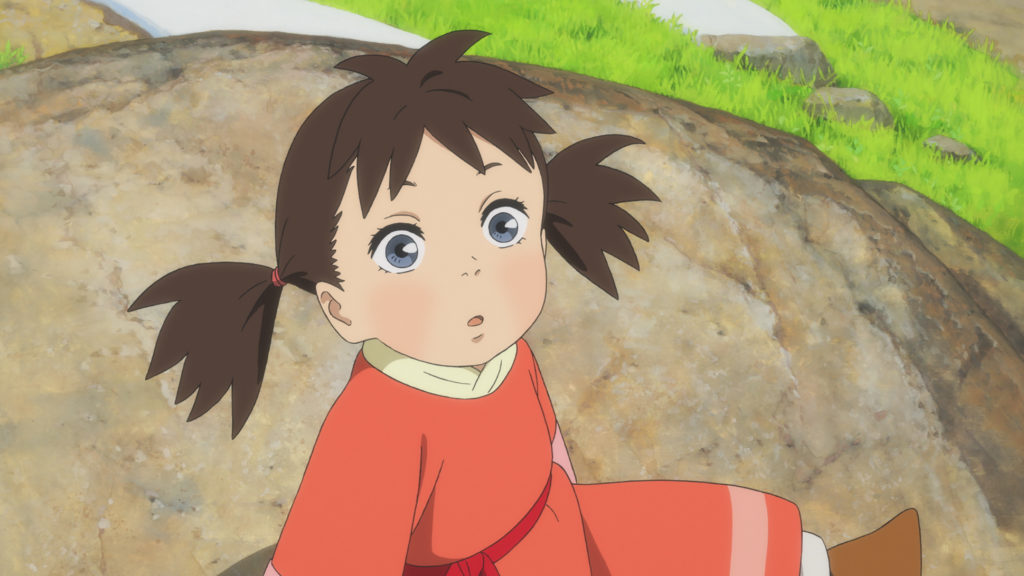
The film’s animation is of very high quality, which tracks considering its pedigree. While it never seeks to execute on terribly stylistic flourishes, it’s mostly fluid and features some impressive moments. The lack of narrative weight makes the action set pieces less captivating, and the lack of some more distinctive subtle mannerisms is a disappointment, but there’s a lot to like. The animation of the elk-like piuika is exceptionally graceful and adds a great deal to the action of the film’s finale, and the black wolves frequently look quite good, particularly in the way they arrive in a black miasmatic fog, evoking the arrival of Grunwald’s white wolves in 1968’s Horus: Prince of the Sun as an snow-white gale.
Its visuals are less distinct, but generally competent. The designs of the larger cast are Ghibli-adjacent, though obviously attempting something closer to realism. Yuna is appropriately cute, Hohsalle is appropriately bishounen, and Sae is appropriately cool, they don’t really stick in one’s memory. Van is perhaps the standout, if not because of how memorable his design is, but how distinct it is, particularly with his square eyes evoking anime titles of late 60s and early 70s, approximating something like an adult interpretation of the title character of Horus.
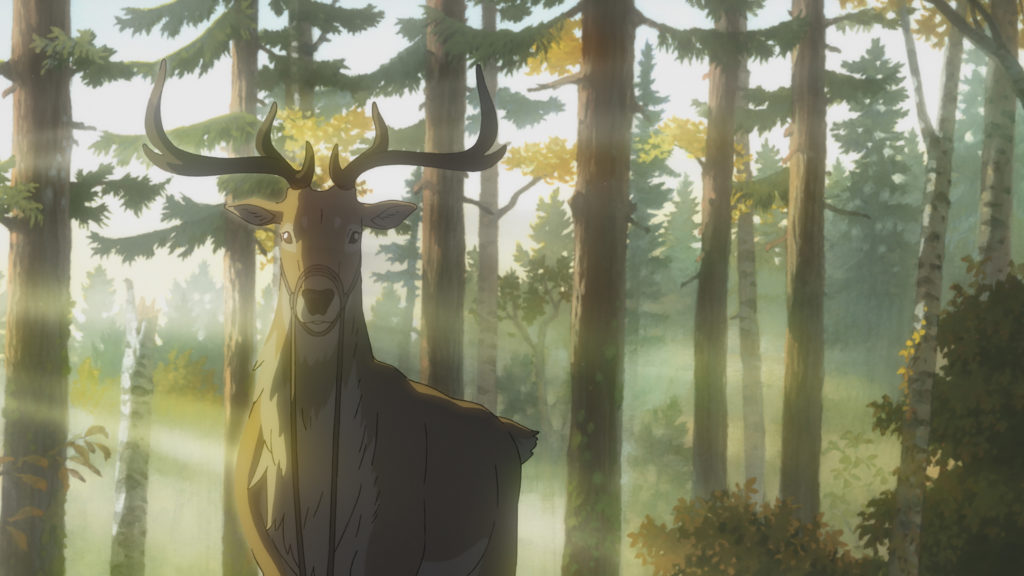
I may have come across as overly harsh in my assessment, so I would like to clarify that I genuinely do think The Deer King is a fine film, and certainly worth a viewing. The animation is well done, and there is material to like here, particularly the time spent with Van and Yuna, but as a whole its pacing is disjointed, narrative clumsily handled, and remarkably average in a way that culminates in a mediocre, frustrating experience. I would like to see more from both Ando and Miyaji, both artists who have contributed to some truly exceptional, creative works, but as illustrators and animation directors rather than spearheads.

